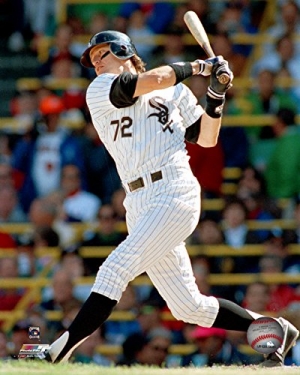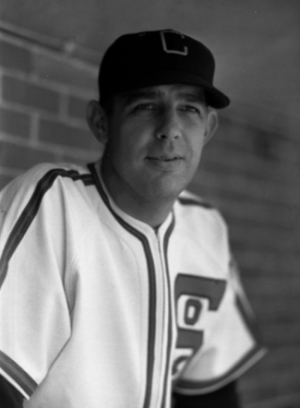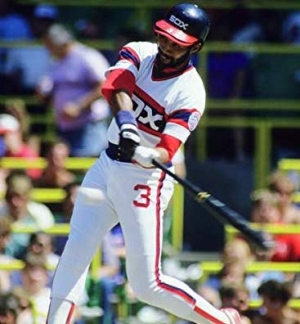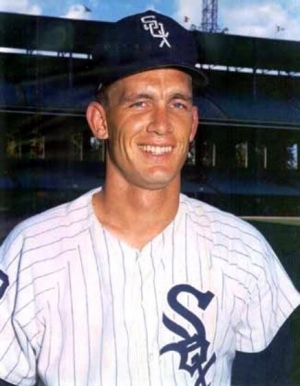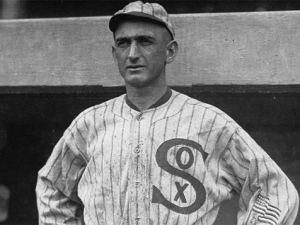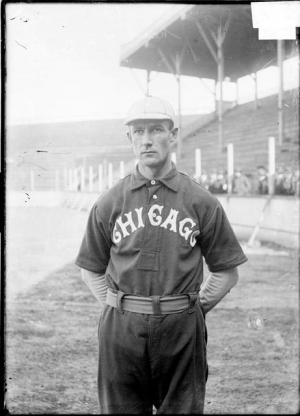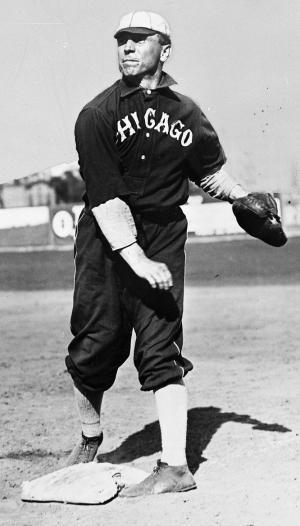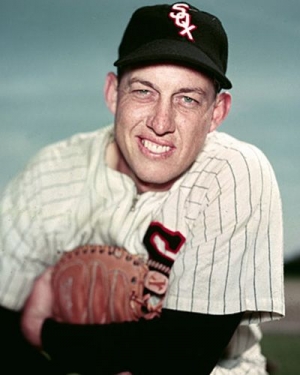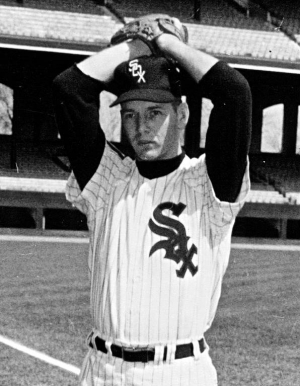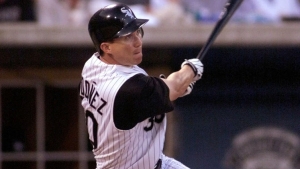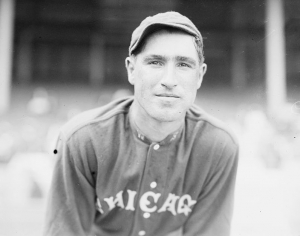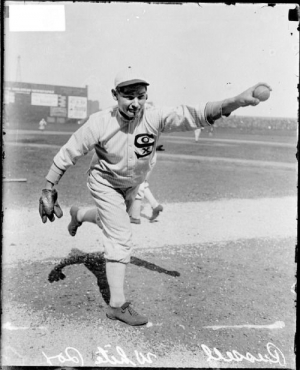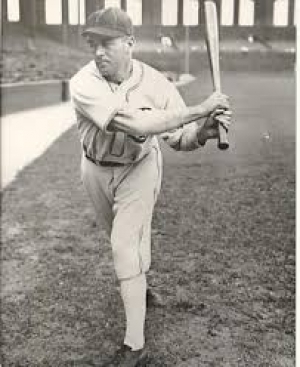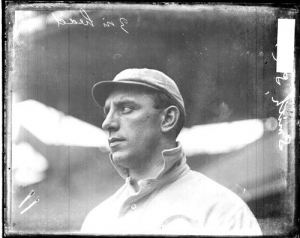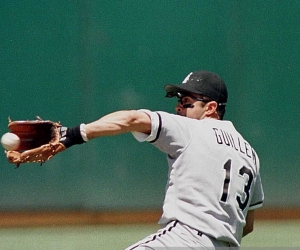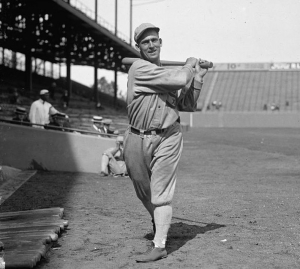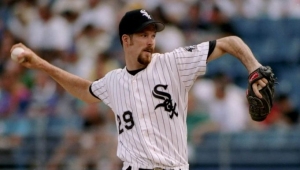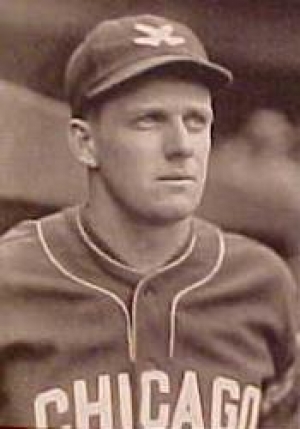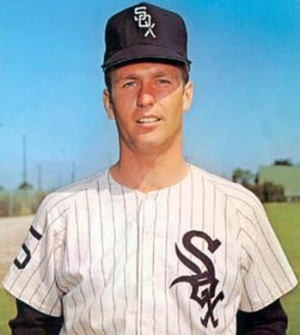Top 50 Chicago White Sox
An inaugural team when the American League formed in 1901, the Chicago White Sox were first called the Chicago White Stockings, but that would be a brief moniker as they would shorten that to the Chicago White Sox, the name that they hold today.
Despite the lengthy existence of the franchise, this has not been one of the more successful teams in the AL. Chicago won their first World Series in 1906, and in 1917 they captured their second. In 1919, they were considered the best team in baseball and were expected the crush the Cincinnati Reds of the National League. Chicago lost, and it later came out that the players on the team conspired to throw games for financial benefit. The ChiSox struggled for decades after and would not win another Pennant until 1959. They lost the World Series, and it would take until 2005 until they reached the Fall Classic again. This time, they won, marking their third World Series win.
This list is up to the end of the 2024 season.
Note: Baseball lists are based on an amalgamation of tenure, traditional statistics, advanced statistics, playoff statistics, and post-season accolades.
ARIZONA DIAMONDBACKS - TICKET + HOTEL DEALS
Mar 24, 2025
Buy your Tickets to see Arizona Diamondbacks - Ticket + Hotel Deals HERE!
2025 TORONTO BLUE JAYS - TD EXECUTIVE SUITES
Jan 01, 1970
Buy your Tickets to see 2025 Toronto Blue Jays - TD Executive Suites HERE!
2025 TORONTO BLUE JAYS FLEX PACKS
Jan 01, 1970
Buy your Tickets to see 2025 Toronto Blue Jays Flex Packs HERE!
2025 SEATTLE MARINERS FLEX MEMBERSHIPS
Jan 01, 1970
Buy your Tickets to see 2025 Seattle Mariners Flex Memberships HERE!


